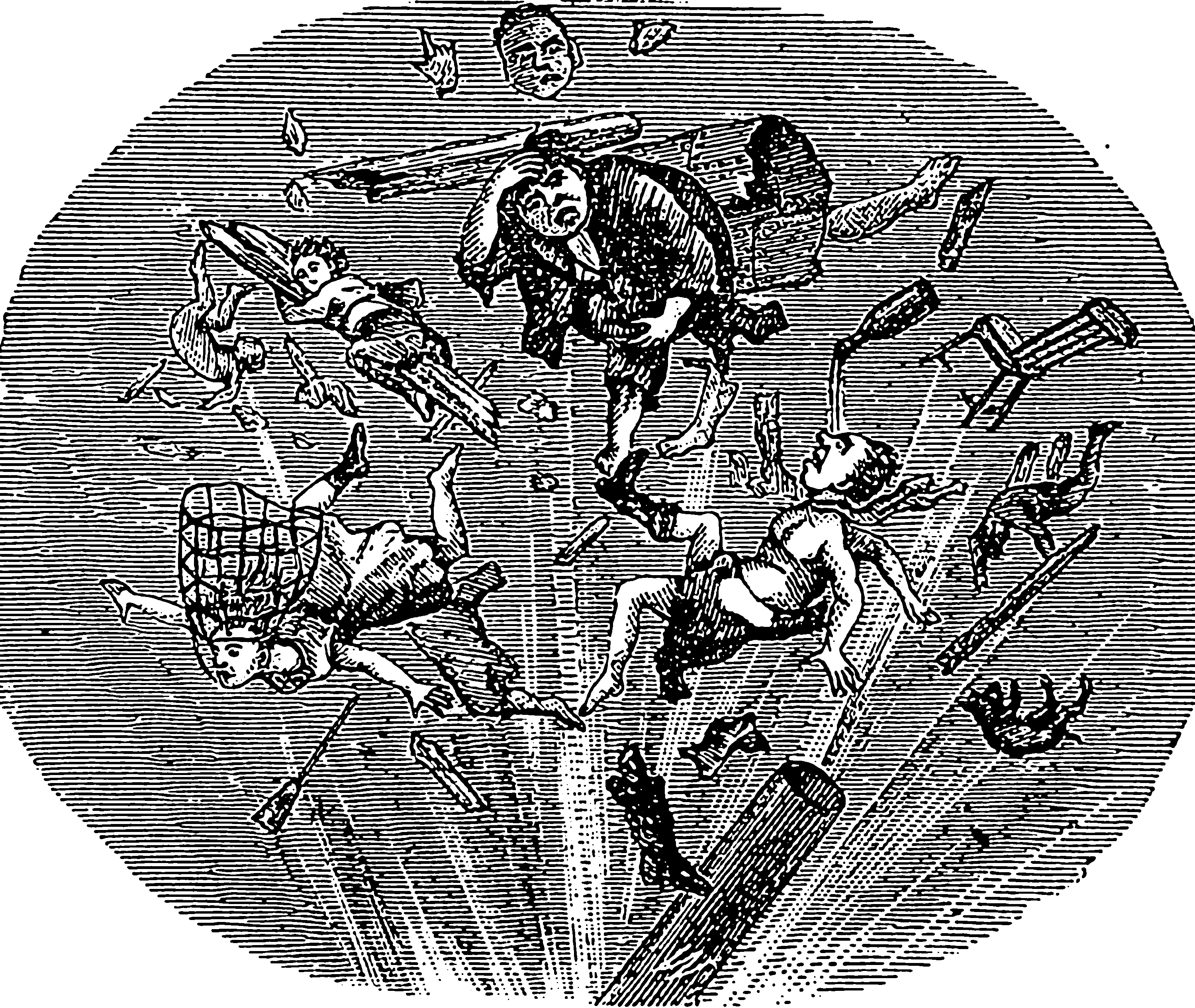Achlioptas. 2003.
“Database-Friendly Random Projections: Johnson-Lindenstrauss with Binary Coins.” Journal of Computer and System Sciences, Special Issue on PODS 2001,.
Alaoui, and Mahoney. 2014.
“Fast Randomized Kernel Methods With Statistical Guarantees.” arXiv:1411.0306 [Cs, Stat].
Andoni, A., and Indyk. 2006.
“Near-Optimal Hashing Algorithms for Approximate Nearest Neighbor in High Dimensions.” In
47th Annual IEEE Symposium on Foundations of Computer Science, 2006. FOCS ’06.
Andoni, Alexandr, Indyk, Nguyen, et al. 2013.
“Beyond Locality-Sensitive Hashing.” arXiv:1306.1547 [Cs].
Andoni, Alexandr, and Razenshteyn. 2015.
“Optimal Data-Dependent Hashing for Approximate Near Neighbors.” arXiv:1501.01062 [Cs].
Baraniuk, Davenport, DeVore, et al. 2008.
“A Simple Proof of the Restricted Isometry Property for Random Matrices.” Constructive Approximation.
Bingham, and Mannila. 2001.
“Random Projection in Dimensionality Reduction: Applications to Image and Text Data.” In
Proceedings of the Seventh ACM SIGKDD International Conference on Knowledge Discovery and Data Mining. KDD ’01.
Brault, d’Alché-Buc, and Heinonen. 2016.
“Random Fourier Features for Operator-Valued Kernels.” In
Proceedings of The 8th Asian Conference on Machine Learning.
Casey, Rhodes, and Slaney. 2008.
“Analysis of Minimum Distances in High-Dimensional Musical Spaces.” IEEE Transactions on Audio, Speech, and Language Processing.
Choromanski, Rowland, and Weller. 2017.
“The Unreasonable Effectiveness of Random Orthogonal Embeddings.” arXiv:1703.00864 [Stat].
Coleman, Baraniuk, and Shrivastava. 2020.
“Sub-Linear Memory Sketches for Near Neighbor Search on Streaming Data.” arXiv:1902.06687 [Cs, Eess, Stat].
Dasgupta. 2000.
“Experiments with Random Projection.” In
Proceedings of the Sixteenth Conference on Uncertainty in Artificial Intelligence. UAI’00.
Dasgupta, and Gupta. 2003.
“An Elementary Proof of a Theorem of Johnson and Lindenstrauss.” Random Structures & Algorithms.
Datar, Immorlica, Indyk, et al. 2004.
“Locality-Sensitive Hashing Scheme Based on P-Stable Distributions.” In
Proceedings of the Twentieth Annual Symposium on Computational Geometry. SCG ’04.
Dezfouli, and Bonilla. 2015.
“Scalable Inference for Gaussian Process Models with Black-Box Likelihoods.” In
Advances in Neural Information Processing Systems 28. NIPS’15.
Duarte, and Baraniuk. 2013.
“Spectral Compressive Sensing.” Applied and Computational Harmonic Analysis.
Eftekhari, Yap, Wakin, et al. 2016.
“Stabilizing Embedology: Geometry-Preserving Delay-Coordinate Maps.” arXiv:1609.06347 [Nlin, Stat].
Freund, Dasgupta, Kabra, et al. 2007.
“Learning the Structure of Manifolds Using Random Projections.” In
Advances in Neural Information Processing Systems.
Geurts, Ernst, and Wehenkel. 2006.
“Extremely Randomized Trees.” Machine Learning.
Kammonen, Kiessling, Plecháč, et al. 2020.
“Adaptive Random Fourier Features with Metropolis Sampling.” arXiv:2007.10683 [Cs, Math].
Kane, and Nelson. 2014.
“Sparser Johnson-Lindenstrauss Transforms.” Journal of the ACM.
Kar, and Karnick. 2012.
“Random Feature Maps for Dot Product Kernels.” In
Artificial Intelligence and Statistics.
Krummenacher, McWilliams, Kilcher, et al. 2016.
“Scalable Adaptive Stochastic Optimization Using Random Projections.” In
Advances in Neural Information Processing Systems 29.
Kulis, and Grauman. 2012.
“Kernelized Locality-Sensitive Hashing.” IEEE Transactions on Pattern Analysis and Machine Intelligence.
Landweber, Lazar, and Patel. 2016.
“On Fiber Diameters of Continuous Maps.” American Mathematical Monthly.
Li, Ping, Hastie, and Church. 2006.
“Very Sparse Random Projections.” In
Proceedings of the 12th ACM SIGKDD International Conference on Knowledge Discovery and Data Mining. KDD ’06.
Li, Zhu, Ton, Oglic, et al. 2019. “Towards a Unified Analysis of Random Fourier Features.” In.
Moosmann, Triggs, and Jurie. 2006.
“Fast Discriminative Visual Codebooks Using Randomized Clustering Forests.” In
Advances in Neural Information Processing Systems.
Oveneke, Aliosha-Perez, Zhao, et al. 2016.
“Efficient Convolutional Auto-Encoding via Random Convexification and Frequency-Domain Minimization.” In
Advances in Neural Information Processing Systems 29.
Rahimi, and Recht. 2007.
“Random Features for Large-Scale Kernel Machines.” In
Advances in Neural Information Processing Systems.
Scardapane, and Wang. 2017.
“Randomness in Neural Networks: An Overview.” Wiley Interdisciplinary Reviews: Data Mining and Knowledge Discovery.
Sinha, and Duchi. 2016.
“Learning Kernels with Random Features.” In
Advances in Neural Information Processing Systems 29.
Weinberger, Dasgupta, Langford, et al. 2009.
“Feature Hashing for Large Scale Multitask Learning.” In
Proceedings of the 26th Annual International Conference on Machine Learning. ICML ’09.
Zhang, Wang, Cai, et al. 2010.
“Self-Taught Hashing for Fast Similarity Search.” In
Proceedings of the 33rd International ACM SIGIR Conference on Research and Development in Information Retrieval. SIGIR ’10.
